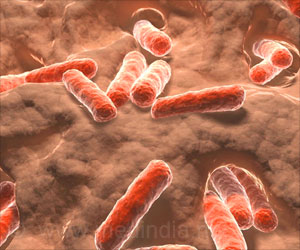Clever-1 (Common Lymphatic and Vascular Endothelial Receptor-1) molecule controls white blood cell trafficking to both mouse and human spleen.

‘The immune responses taking place in the spleen could be controlled by suppressing or activating the Clever-1 molecule in the future. ’





Spleen is our largest lymphoid organ. Its function is to eliminate outdated red blood cells and to produce antibodies against pathogens. Outdated red blood cells are eliminated in the spleen's red pulp and antibodies are produced in the white pulp. The significance of the spleen for the production of antibodies is central, as removing the spleen predisposes the patient to certain microbe infections.
So far, white blood cells have been believed to enter the spleen from the circulation through the marginal zone surrounding the white pulp. However, no molecule controlling white blood cell trafficking has been identified in any of the laboratories working in the trafficking field in spite of three decades of research.
"White blood cells entering the spleen directly attach to the Clever-1 molecule on the vessel wall. In addition, Clever-1 controls expression of other trafficking-associated molecules produced by the vessel. Such a molecule is for example the attractant for antibody-producing white blood cells," says Hollmén.
"The research results change our perception of the spleen all the way to the textbook level," adds Jalkanen.
Advertisement















